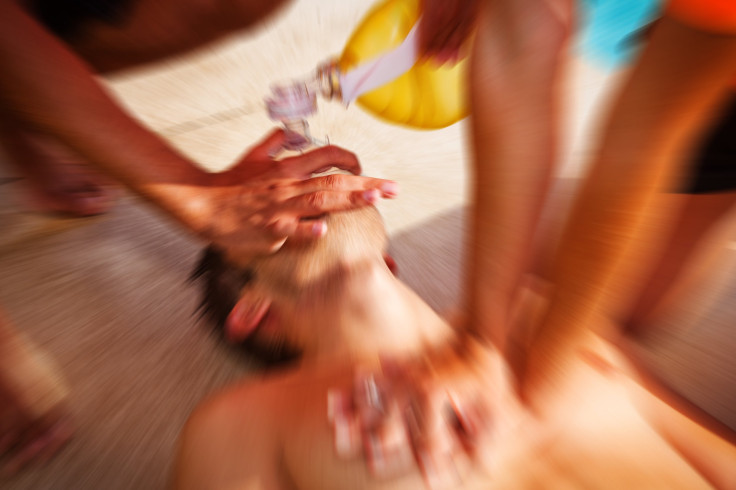More People Are Suriving Cardiac Arrest Thanks In Part To More Bystanders Performing CPR

Many of us have undergone some form of instruction on how CPR works. Whether it was as a child during swim lessons, during certification to become a camp counselor, or as a part of training for a career, we’re at least familiar with the basic ideas. Fast, hard compressions to keep blood moving to the brain are what the official guidelines suggest, and it sounds simple enough.
When it comes to actually applying the skill when a life is in jeopardy, though, it might not be so easy. Bystanders may feel uncomfortable or shocked, leading them to freeze up and forgo performing CPR in lieu of waiting for medical professionals to arrive and perform first aid. Many people may feel that they aren’t qualified to do CPR in the heat of the moment, and are reluctant to attempt it in fear that they might do more damage than good.
According to two recent studies, though, it’s more likely to help.
People can save lives by doing CPR or using a defibrillator while waiting for emergency medical services, and the research shows more people are beginning to do so.
The first study, headed by Dr. Carolina Malta Hansen of the Duke Clinical Research Institute, looked at the statistics concerning sudden cardiac arrest. The study, which looked at the state of North Carolina, found that in 2010 only 14 percent of people who collapsed because of a heart attack received CPR until a medical professional could arrive. This figure rose to 23 percent in 2013, after an advertising campaign encouraging the use of CPR. More people tried too — 86 percent of patients received at least some CPR by either a bystander or another trained first responder, like a police officer.
Survival rates rose in correlation with these attempts. Rates of survival without brain damage rose from seven percent in 2010 to 10 percent in 2010, as reported in the Journal of the American Medical Association.
"During the past decade, much focus has been drawn to increasing bystander CPR," the study said. "Our findings suggest the possibility of improving outcomes by strengthening first-responder programs, in addition to increasing the number of bystanders who could then provide CPR, including those assisted by emergency dispatchers, and by improving EMS systems."
The second study focused on assessing the number of times bystanders actually stepped in to help someone suffering from cardiac arrest. Like the Duke paper, this study by Dr. Shinji Nakahara and colleagues at Kanagawa University of Human Services found that bystander help impacted survival rates.
Between 2005 and 2012, the number of times people intervened rose from 14 per 100,000 to 19 per 100,000. The number of people who survived sans brain damage rose also, from 3.3 percent of cases to 8.2 percent of cases.
Cardiac arrest strikes hundreds of thousands of Americans per year, and almost all of them die. The Duke study cites public campaigns encouraging CPR as factors contributing to the increased survival rates, but these rates are still disheartening. More CPR education and training can only help improve the situation, and get more people to help those who are struck down by a sudden heart attack.
Sources: Hasan C, Kragholm K, Pearson D, et al. Association of Bystander and First-Responder Intervention With Survival After Out-of-Hospital Cardiac Arrest in North Carolina, 2010-2013. JAMA. 2015.
Nakahara S, Tomio J, Ichikawa M, et al. Association of Bystander Interventions With Neurologically Intact Survival Among Patients With Bystander-Witnessed Out-of-Hospital Cardiac Arrest in Japan. JAMA. 2015.



























